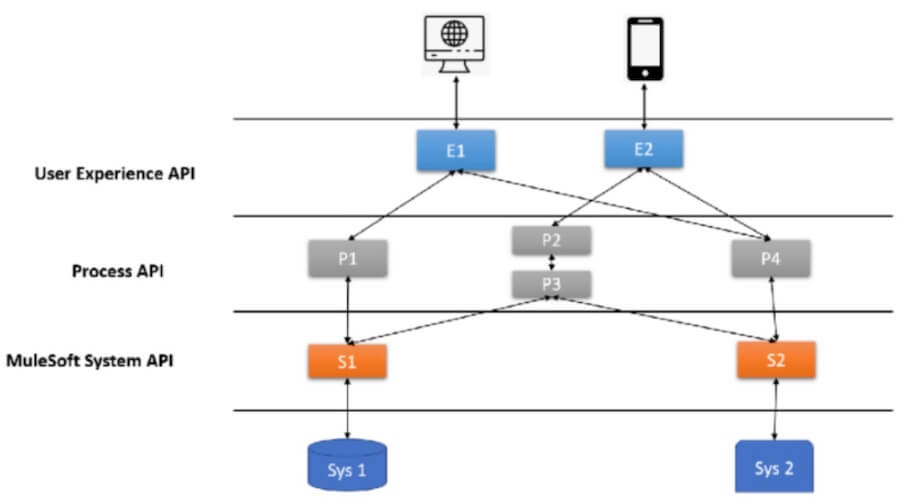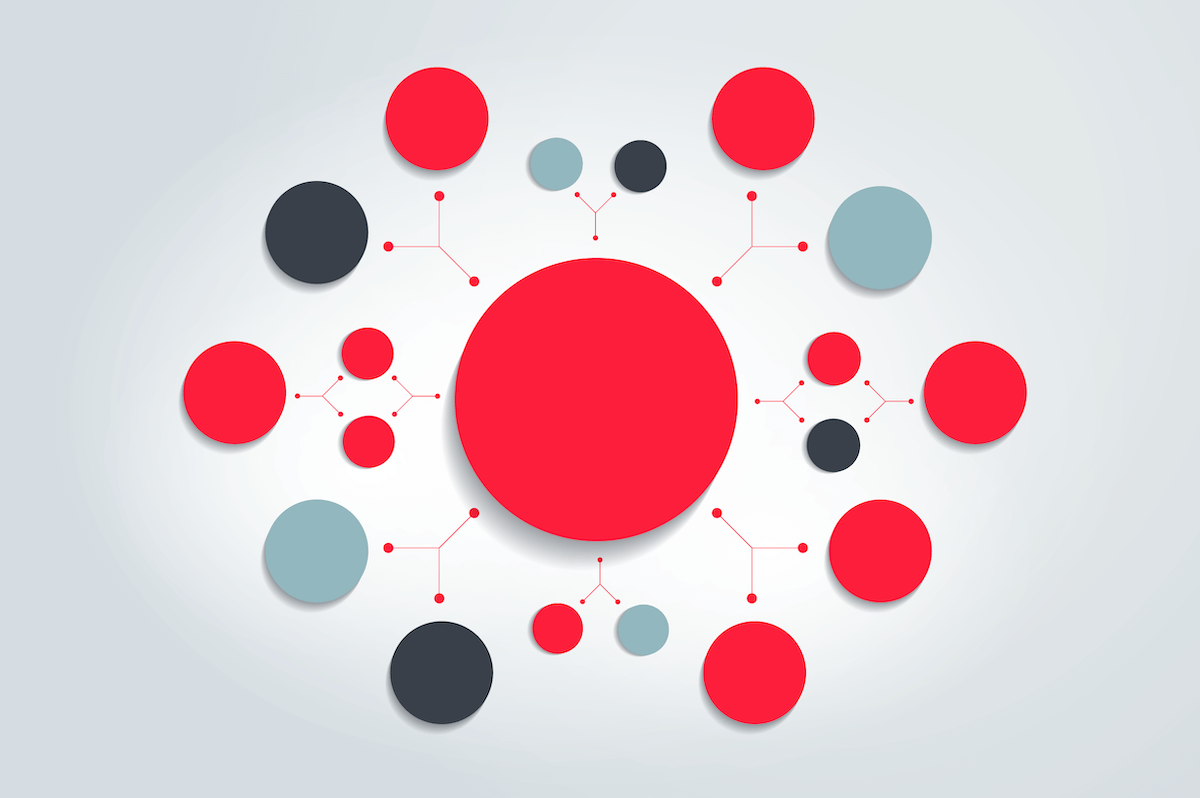Understanding Mulesoft
Are you familiar with Mulesoft? In this post, I’ll use my experience as a senior Mulesoft certified developer to explain what Mulesoft is and how it can benefit your organisation.
What is Mulesoft?
Mulesoft is an ETL tool that provides a software platform that connects almost every technology in a scalable, reusable, and standardised way. It helps your organisation integrate all its microservices and applications. Let’s take the human body as an example – if you burn your hand, pain receptors are alerted and send a signal to the brain, where it’s processed, and a response action is fired off. Mulesoft acts similarly to our nervous systems.
The old way of connecting systems – by writing code that will connect them point to point – is not sustainable anymore, so we need to find another solution. This is where Mulesoft comes in.
Mulesoft offers a structure of layers and connectors that connect to nearly everything. If you have a custom service and cannot find a connector, you can use the Mule SDK to create a custom connector for your custom system.
Mulesoft offers a structure of layers and connectors that connect to nearly everything. If you have a custom service and cannot find a connector, you can use the Mule SDK to create a custom connector for your custom system.

Every organisation has a lot of microservices and systems like SAP systems, REST APIs, Mqs, Salesforce and DBs. These connections are created into a layer called the system layer. Above this layer will sit the process layer, which contains composite APIs/applications (this layer represents the core of processing). It contains processes connected to the system APIs, taking the needed data and binding it through a chain of calls, delivering a specific data set.
How Mulesoft benefits organisations
The processes that Mulesoft connects can be used to power a variety of activities that bring value to the organisation, including:
- Getting more detailed customer insight – Mulesoft can help to create a customer 360 that takes data from Salesforce and other microservices through the system APIs.
- Making ordering and P&E processes more efficient – it can be used for ordering (shipping details, where, when, what, and at what price), creating invoices, and making payments.
The experience layer sits on top of this – the layer can comprise applications/APIs that will serve mobile applications, web applications, and different customers.
You could also use them for different tiers of paid subscriptions to your customers or any other third parties.
Core features of Mulesoft
The design centre
The design centre is the area where you’ll set out the design of your application/API (you can use RAML or OAS (YAML) to write it). It represents the interface or the contract of your application. You’ll know what data it needs and what results you should receive.
If you’re willing to go a little further with the details you provide on the definition of the specification, you can create very strong documentation, data examples, and datatypes that can be used for the mocking service.
You can use the mocking service if you’re integrating Mulesoft with other technologies and don’t want to wait until the real implementation is done.
The exchange
The exchange is similar to swagger(.net). Once you’ve created the design specification in the design centre, you can promote it to the exchange. Based on the level of detail you’ve included, you could now have solid documentation of your application.
You can also manage and maintain different versions of assets in your different environments or share them with other organisations.
API Manager
The API Manager is a component that helps you monitor, manage, secure, and set up different rate-limiting access to your APIs (you can choose other IDPs outside Mulesoft, such as an auth0 tenant, for example).
Here you can manage contracts and control who has access to every API; you can set up groups and monitor activity in as much detail as you need.
Runtime Manager
The runtime manager helps you manage your applications once you’ve deployed them into the mule Cloud and set up workers, vCores, and other infrastructure settings and environment variables.
You can choose the regions and set up different types of monitoring, email notifications, alerts, and so on – it can really help manage various regional regulations such as GDPR.
Mulesoft’s a very powerful and accessible tool, providing security, scalability, and a strong collection of assets to integrate with almost any service. It’s also got quite a friendly learning curve once you get started.



